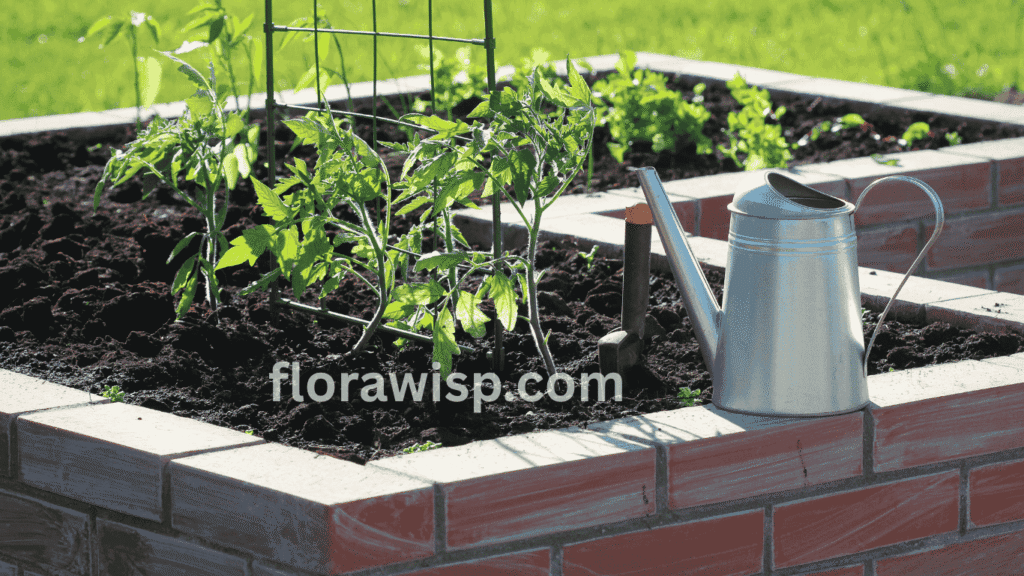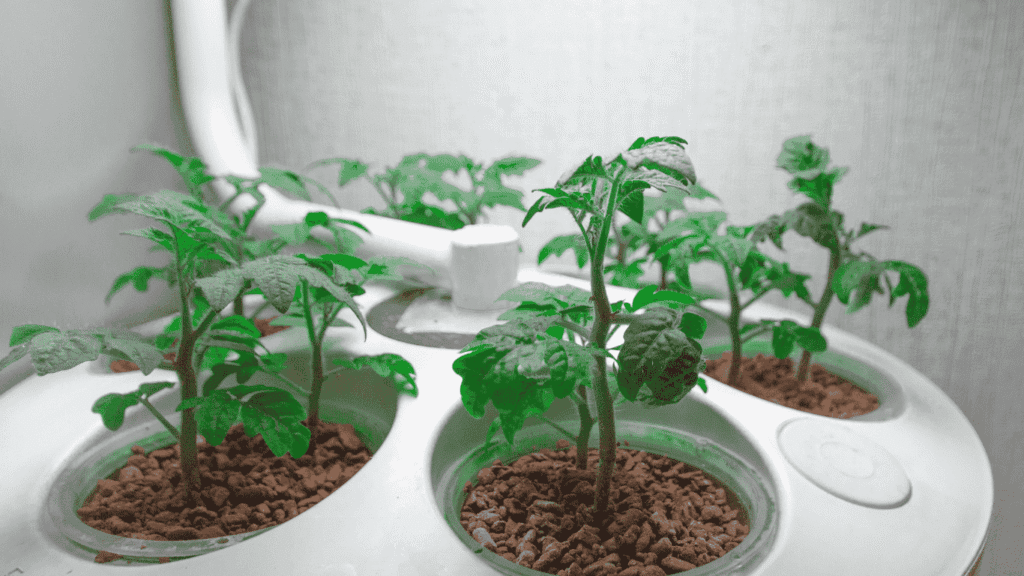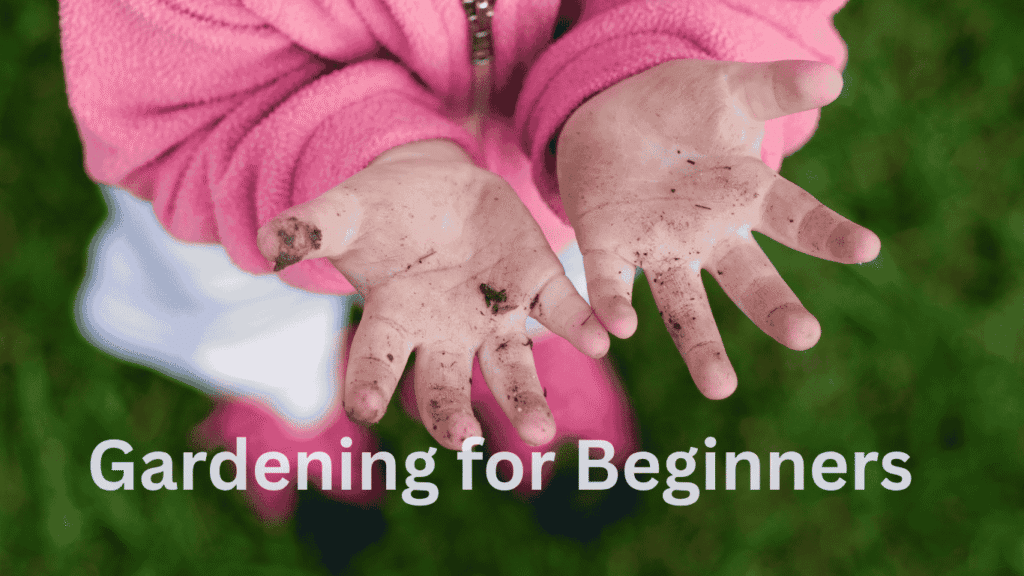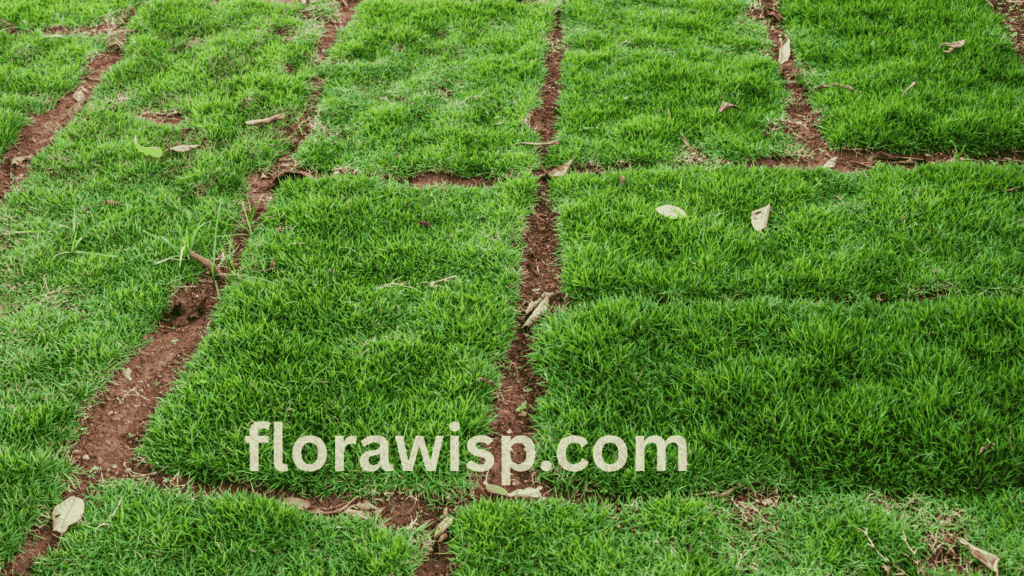Start planting tomato seeds indoors 6 to 8 weeks before your last expected frost late January to March for most U.S. gardeners. For warm climates like USDA Zones 9–10, direct sowing outdoors in February or early March also works. Tomatoes need consistent soil temperatures of 65–85°F to germinate well, and air temps above 55°F at night for safe transplanting.
If you are Growing tomatoes in pots from seed, use a 5+ gallon container with drainage, fill it with nutrient-rich potting mix, and position it where it receives 6–8 hours of sunlight daily. Keep the soil lightly moist, not soggy. The Health Kick tomato is a determinate variety, meaning it grows to a compact bush and produces most of its fruit at once perfect for patios, containers, or small gardens.
If your plants are leggy, fruiting poorly, or yellowing early, poor soil, uneven watering, or lack of light could be to blame. In this guide, we’ll walk through every step to grow healthy, high-yielding tomatoes from seed indoors or out without wasting a single season. You might also like our complete guide on How to Plant Cherry Tomatoes for more variety-specific tips.
In This Article
Why Start by Planting Tomato Seeds?
There’s nothing quite like biting into a juicy, sun-ripened tomato you’ve grown yourself. With my experience, I can tell you that planting tomato seeds is one of the most rewarding ways to kick off your gardening journey. Not only does it give you control over the varieties you grow, but it also sets the stage for healthier, more resilient plants.
Starting from seed, rather than buying transplants, means you can nurture your plants from the very beginning right from sowing to harvesting. It’s also a fun, educational way to get kids involved, see our Gardening activities for preschoolers for simple ways to engage little hands in seed starting.
Choosing and Preparing Tomato Seeds

Whether you’re using store-bought seeds or trying planting tomato seeds from tomatoes you’ve saved from last season’s harvest, it’s important to prepare them well. Personally, I love experimenting with heirloom seeds because they offer incredible flavors and unique characteristics. If you’re new to starting plants from seed, our Gardening for Beginners guide breaks down the basics and helps build a solid foundation.
Should I soak tomato seeds before planting?
A common question I hear is whether you should soak tomato seeds before planting. From my experience, soaking them for a few hours (or overnight) can help soften the seed coat, speeding up germination. However, it’s not absolutely necessary. If you’re in a hurry or have fresh seeds, you can skip this step, but it can be a handy trick for older seeds.
When and How to Start Tomato Seeds Indoors

Timing is key when it comes to planting tomato seeds. In most parts of the U.S., it’s best to start seeds indoors about 6–8 weeks before your last expected frost. This gives your seedlings enough time to grow strong before transplanting them outdoors. For region-specific advice, especially in warmer climates, see our guide on Planting Tomatoes in Texas.
Here’s how I usually do it:
- Fill seed trays or pots with a light, well-draining mix.
- Sow tomato seeds about 1/4 inch deep, covering them lightly with soil.
- Keep the soil consistently moist but not soggy.
- Provide plenty of light either from a sunny windowsill or grow lights.
If you’re planting tomato seeds from tomatoes, be sure to ferment and dry the seeds first to prevent diseases.
Step-by-Step: Sowing and Planting Tomato Seeds
When you’re ready to begin planting tomato seeds, it’s essential to approach it with care and preparation. Think of this stage as laying the groundwork for your future tomato harvest.
1. Prepare Your Materials
Before you sow tomato seeds, make sure you have:
- Clean seed trays, pots, or biodegradable cells.
- A high-quality, well-draining seed-starting mix (I recommend one with a mix of peat, vermiculite, and perlite).
- Fresh water for misting.
2. Sow Tomato Seeds the Right Way
- Moisten your seed-starting mix until it’s damp but not soggy.
- Fill trays or pots, lightly pressing the mix to remove air pockets.
- Using a pencil or your finger, create shallow holes about ¼ inch deep.
- Place one or two seeds per cell. If you’re planting tomato seeds you saved from last season, make sure they’re properly cleaned and dried.
- Gently cover the seeds with a thin layer of the starting mix.
- Mist the surface with water to settle the soil.
3. Provide the Right Conditions
- Cover the trays with a humidity dome or plastic wrap to maintain moisture.
- Place them in a warm location (70–80°F) with indirect light.
- Check daily to ensure the soil remains moist but not waterlogged.
4. Patience and Observation
How long do tomato seeds take to germinate?
Most tomato seeds germinate in 5–10 days, but don’t worry if yours take a bit longer. Warmer temperatures and consistent moisture will encourage faster sprouting.
How long does it take for tomato seeds to sprout?
You can expect tiny sprouts within 7–14 days, though some heirloom varieties may stretch this timeline. Keep a close eye and maintain a stable environment. This is when patience truly pays off!
Pruning Tomato Plants
After your tomato seeds have germinated and tiny sprouts emerge, it’s time to nurture them into healthy seedlings and part of that process includes carefully pruning tomato plants to promote strong growth and a bountiful harvest.
1. Lighting and Airflow
- Once you notice sprouts, remove any plastic coverings and move the trays to a bright location.
- If using natural light, a south-facing window works well. For low-light areas, invest in full-spectrum grow lights.
- Rotate trays daily to encourage even growth and prevent legginess.
2. Moisture and Feeding
- Keep the soil consistently moist but not soggy. A bottom-watering method works wonders to encourage deep roots.
- When seedlings develop their first true leaves (the second set of leaves), start feeding with a diluted organic liquid fertilizer. I’ve found that a balanced 10-10-10 solution, diluted to quarter strength, supports early growth without overwhelming young roots
3. Transplanting for Strength
- As the seedlings grow stronger and develop multiple leaf sets, transplant them into larger pots to encourage root development.
- Handle them gently, supporting the stem and root ball to avoid stress.
- Harden off the seedlings by gradually introducing them to outdoor conditions over 7–10 days, increasing their exposure to sunlight and wind.
Fruitful Tip
In my own garden, I’ve noticed that seedlings grown with plenty of light, steady moisture, and a gradual transition to outdoor life are far more resilient. The thrill of growing tomato plants from seed into lush, fruit-bearing plants is unmatched; you’ll feel a connection to each tomato you harvest!
Determinate vs. Indeterminate Tomatoes
When it comes to planting tomato seeds, understanding whether you’re growing determinate or indeterminate varieties is essential for planning your garden and harvests effectively. Here’s what I’ve learned through years of hands-on gardening:
Determinate Tomatoes (Bush Types)
- These varieties are compact and self-limiting, producing all their fruit within a short window usually 2 to 4 weeks.
- Once they set fruit, the plant focuses on ripening the crop rather than producing new growth.
- They’re perfect for gardeners who want a predictable harvest or have limited space, as they rarely need heavy staking.
- Great for canning, sauces, and batch harvesting.
Indeterminate Tomatoes (Vining Types)
- These plants continue to grow, flower, and set fruit throughout the growing season until killed by frost.
- Expect a steady supply of fresh tomatoes, making them ideal for fresh eating and continuous picking.
- They require staking, caging, or trellising to support their vigorous vines, which can reach heights of 6 feet or more.
- Popular indeterminate varieties include heirlooms and cherry tomatoes.
My Experience
Many beginners get caught off-guard by the sheer size and support needs of indeterminate tomatoes. I always recommend planning for vertical space early on and your garden’s productivity will thank you! Also, don’t mix determinate and indeterminate plants in the same small bed, as they have different care and space requirements.
Common Pests and Diseases
Tomatoes are a gardener’s delight, but they can fall prey to a range of pests and diseases that threaten both yield and plant health. Over the years, I’ve learned that prevention and vigilance are key to keeping your tomato plants thriving. Here’s a comprehensive guide to the most common challenges and how to handle them:
Fungal and Bacterial Diseases
- Early Blight & Late Blight: Characterized by brown spots and yellowing leaves; they spread quickly in humid conditions. Rotate crops, prune lower leaves for airflow, and apply organic fungicides as needed.
- Blossom End Rot: A physiological disorder caused by calcium deficiency or inconsistent watering. Avoid it by maintaining even soil moisture and using mulch.
- Septoria Leaf Spot & Bacterial Speck: These manifest as small dark spots, often spreading in wet weather. Remove affected leaves promptly and improve air circulation.
Common Pests
- Aphids, Whiteflies, and Spider Mites: Tiny sap-sucking insects that can weaken plants. Use insecticidal soap or neem oil as a natural deterrent.
- Tomato Hornworms: Large green caterpillars that can defoliate plants overnight. Handpick them and encourage beneficial predators like parasitic wasps.
- Cutworms and Root-Knot Nematodes: Attack stems and roots. Protect young seedlings with collars and rotate crops to prevent nematode buildup.
Prevention Is Better Than Cure
- Always rotate tomato crops with unrelated plants (like beans or lettuce) to break disease cycles.
- Mulch around the base to prevent soil splashing and suppress weeds that harbor pests.
- Stake or cage plants to keep foliage off the ground and improve airflow.
- Regularly inspect leaves (especially undersides) for signs of pests or disease, and remove any affected parts.
For you :
Don’t wait for issues to appear, set up a strong preventive system from the start. Healthy, resilient tomato plants grown from seed with proper care will withstand most pests and diseases naturally.
FAQs
Q. How to plant tomato seeds from tomatoes?
If you’re using seeds from a fresh tomato, remove them, ferment them for a few days in water to break down the gel-like coating, rinse, and dry them completely. Once dry, sow them as you would with store-bought seeds, about 1/4 inch deep in moist soil.
Q. When to plant tomato seeds?
In most U.S. regions, start planting tomato seeds indoors 6–8 weeks before the last expected frost. Check your local frost date and count backward. For outdoor planting, wait until the soil is warm and night temperatures stay above 50°F.
Q. When to start tomato seeds indoors?
Start planting tomato seeds indoors 6–8 weeks before the last frost date in your area. This gives seedlings enough time to grow strong before transplanting outdoors. For example, if your last frost is mid-April, start seeds in late February or early March.
Final Thoughts
There’s something truly special about nurturing tomato plants from tiny seeds. By following these steps, from planting tomato seeds to growing tomato plants from seed and pruning tomato plants you’ll not only enjoy a bountiful harvest but also gain a deeper connection to your garden.
Remember, gardening is as much about patience and care as it is about technique. Whether you’re soaking seeds, figuring out when to plant tomato seeds, or watching them sprout, the journey is rewarding and the taste of homegrown tomatoes is unbeatable. If you’re planning to grow tomatoes outdoors in a humid or subtropical climate, our guide on Growing Tomato Plants in Florida offers climate-specific tips to help your plants thrive.
So grab your seeds, roll up your sleeves, and let’s grow something amazing together!
Sources
Old Farmer’s Almanac: How to Grow Tomatoes
University of Minnesota Extension: Growing Tomatoes
Seed Savers Exchange: How to Save Tomato Seeds
Gardener, M.Sc. Horticulture
Elara Bennet is a gardening writer from Austin, TX, passionate about sustainable lawns and blooms. Read full bio →








